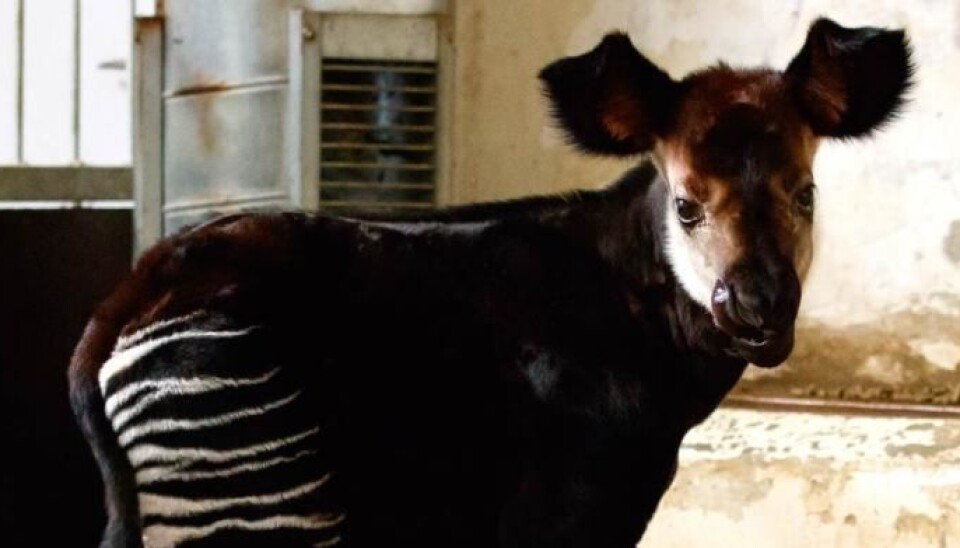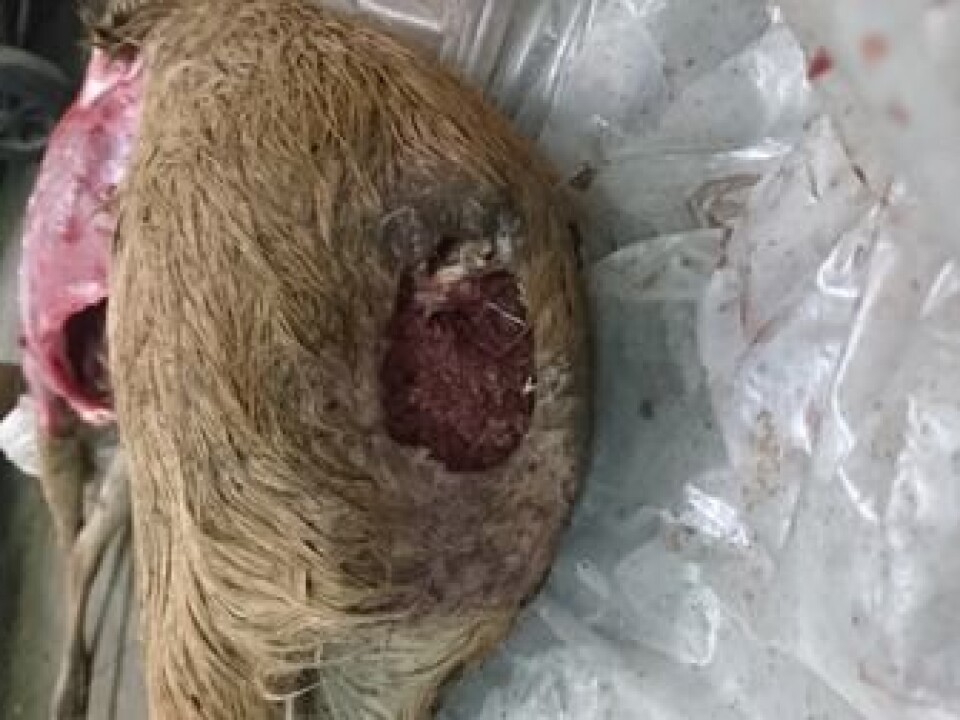
Copenhagen Zoo antelope killed by fox
DNA analysis reveals the mystery killer of Copenhagen Zoo’s only duiker antelope.
Copenhagen Zoo’s only duiker antelope is dead--and this time it was not the zoo that was behind the killing.
DNA analyses from saliva samples revealed that the culprit was a common city fox--albeit, it must have been a large one. Foxes weigh, on average, some 8 kilograms, which is half the weight of a duiker antelope.
The fox would have had a fight on its hands to bring the antelope down, says Dr Christina Hvilsom, who works at Copenhagen Zoo.
“Duiker antelopes have extremely tough skin so the fox couldn’t pierce it at first. But in the end it succeeded,” says Hvilsom.

You can see photos of the dead antelope below. The images may appear distressing to some readers. Discretion is advised.
“Doesn’t stack up”
It is not unusual for a fox to find its way into a zoo but apart from finding some discarded scraps in trash cans or on the side of paths, they usually go away empty-handed.
However, foxes are a general problem--and zoo animals can sometime look like easy prey, says Hvilsom.
“We do occasionally see foxes in the zoo,” she says. “We have lots of animal enclosures with smaller animals that might look appetising to a fox. Even though the enclosures are well protected, it does happen occasionally that a fox gets through.”
But it certainly isn’t normal for a fox to decide to attack an animal so much bigger than itself.
“It didn’t add up, because it’s so much bigger than a fox. Moreover, you’d think that urban foxes can find enough available food in the city. Why would it go after a duiker antelope?” she says.
Read More: Marius the giraffe: He died so that others could live
Baby okapis left unscathed
Another curiosity in the case was that the duiker antelope lived in the same enclosure as the okapis and a recently born okapi calf.
“We really wanted to know what had happened so we could take some steps to make sure that it doesn’t happen again,” says Hvilsom.
It was during a lunchtime conversation between colleagues that the idea of taking a DNA test was brought up.
Read More: Critically endangered Javan leopard caught on camera
Genetic scientists came to their aid
Hvilson enlisted the help of two geneticists from the Center for Geogenetics at the University of Copenhagen.
Just one week after the attack, Hvilsom had her answer.
She presented the results at a seminar at the zoo, and they were 99 per cent certain that it was a fox.
Her colleagues are now investigating how they can prevent similar attacks from happening in the future.
-------------
Read the Danish version of this article on Videnskab.dk
Translated by: Catherine Jex




